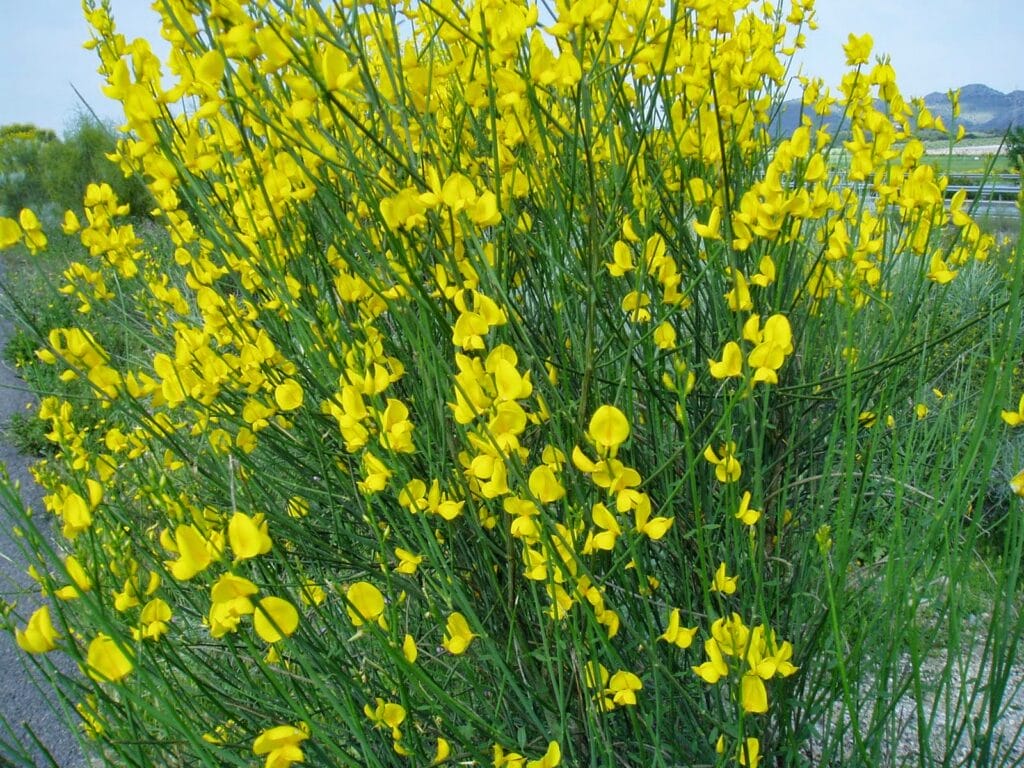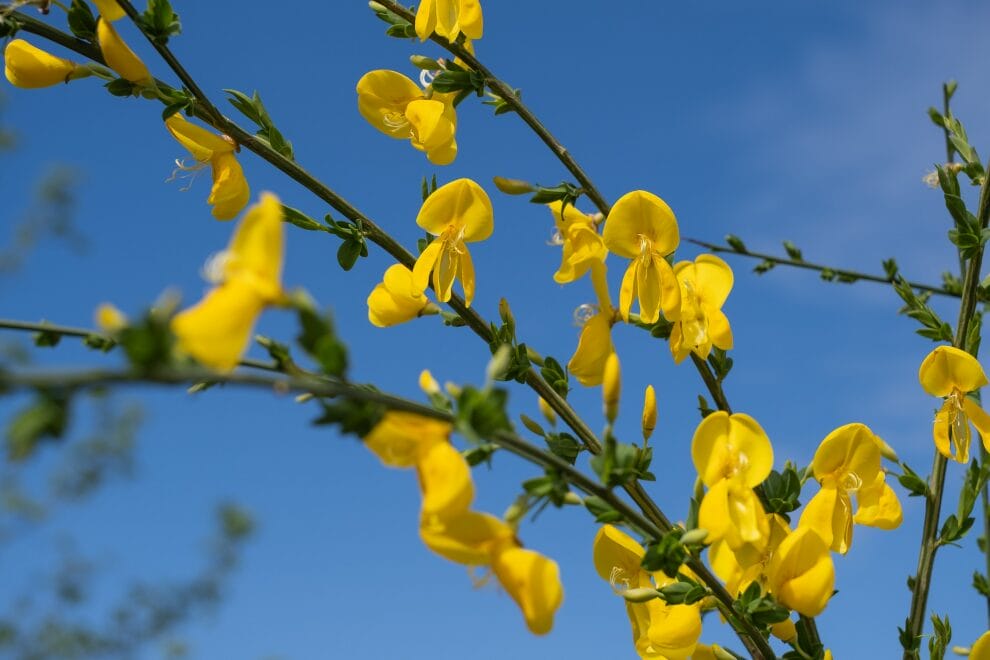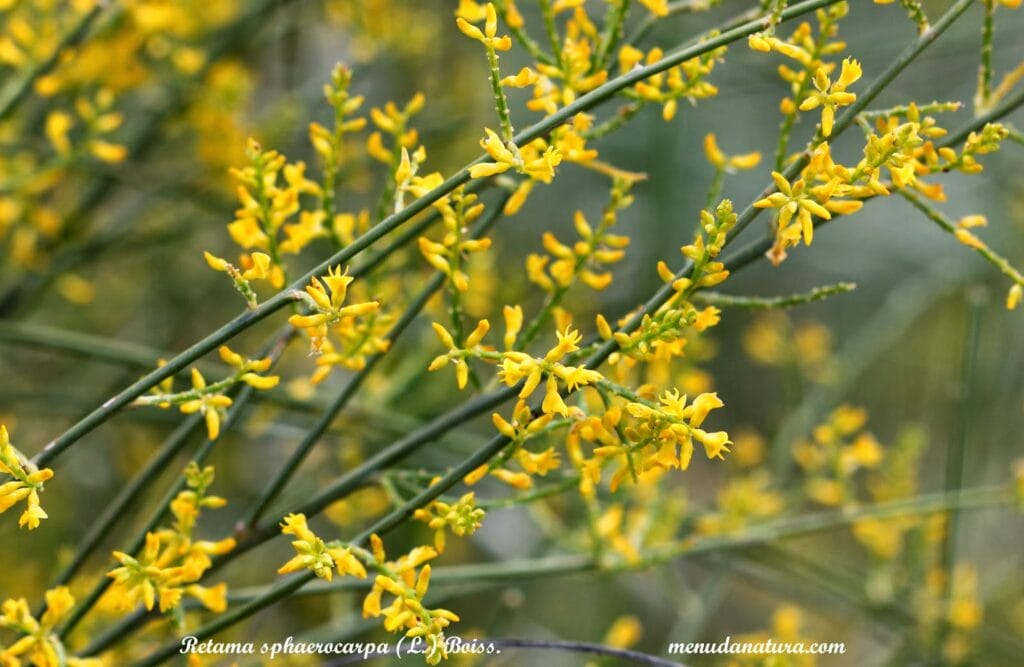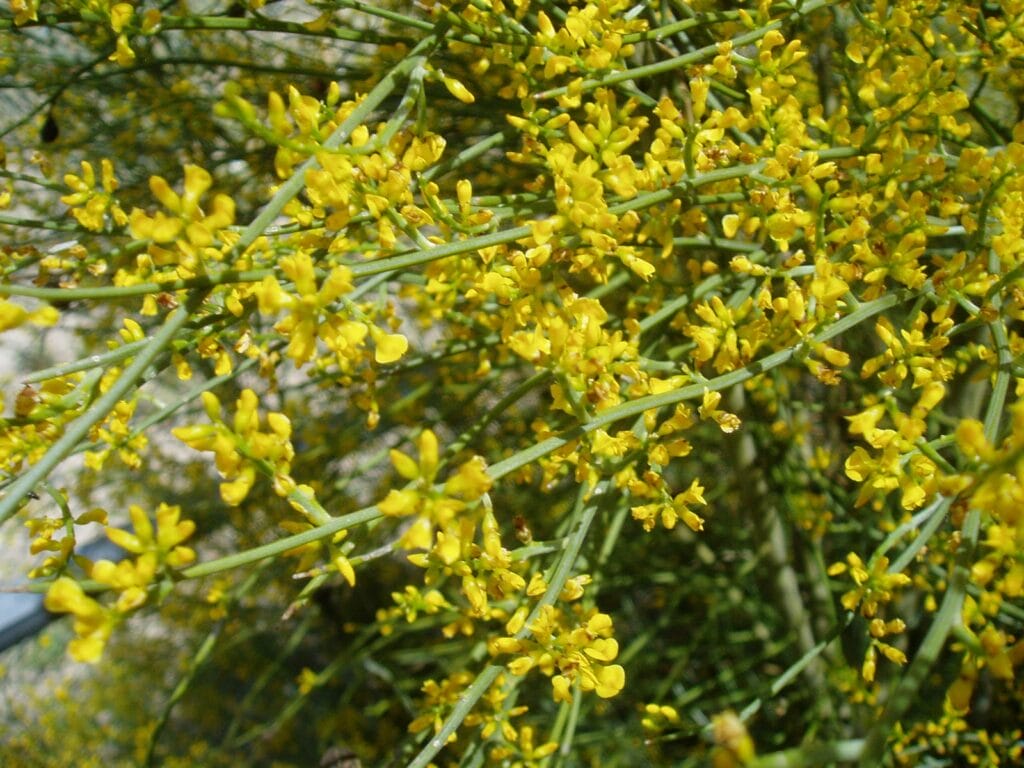Landscaping Ideas
Retama
By Innovation Grounds
Retama is a genus of shrubs in the legume family (Fabaceae), native to the Mediterranean region, parts of the Middle East, and some areas of Africa. The plants in this genus are known for their attractive, fragrant flowers and for being hardy in arid or semi-arid climates. There are several species within the Retama genus, but one of the most well-known is Retama sphaerocarpa, commonly referred to as the white broom or desert broom.
Botanical Classification
- Family: Fabaceae (Leguminosae)
- Genus: Retama
- Common Names: White broom, desert broom, Spanish broom (depending on the species)

Uses
- Ornamental: Due to their attractive flowers and shape, Retama species are often used in landscaping, especially in dry, desert-like gardens.
- Soil Erosion Control: Some species of Retama, especially in regions where they are native, are planted for erosion control in sandy or disturbed areas.
- Traditional Uses: In some cultures, parts of the plant are used for medicinal purposes, including treatments for respiratory issues or to improve circulation. However, more research is needed on its efficacy and safety for these purposes.

Growth Requirements
- Sunlight: Full sun is ideal for Retama, as it helps the plant to thrive and flower well.
- Watering: Retama species are drought-tolerant once established. They require minimal watering, and overwatering can lead to root rot. A good rule is to water sparingly, especially during the hotter months.
- Soil: Prefers well-draining soil. Sandy or rocky soil is often ideal.
- Pruning: Pruning after flowering helps maintain a tidy shape and encourages healthy growth. Removing dead or damaged stems will also prevent disease.

Special Considerations
- Invasive Species: In some regions, especially outside its native range, Retama can be considered an invasive species. It spreads quickly in disturbed soils and can outcompete native vegetation. Be sure to check whether it’s considered invasive in your area before planting it in your garden.
- Care in Gardens: Retama may require occasional maintenance, such as pruning, to prevent it from growing too large or unruly.

Symbolism
In certain cultures, Retama (particularly Retama sphaerocarpa) symbolizes resilience and endurance due to its ability to survive in harsh, arid environments.


